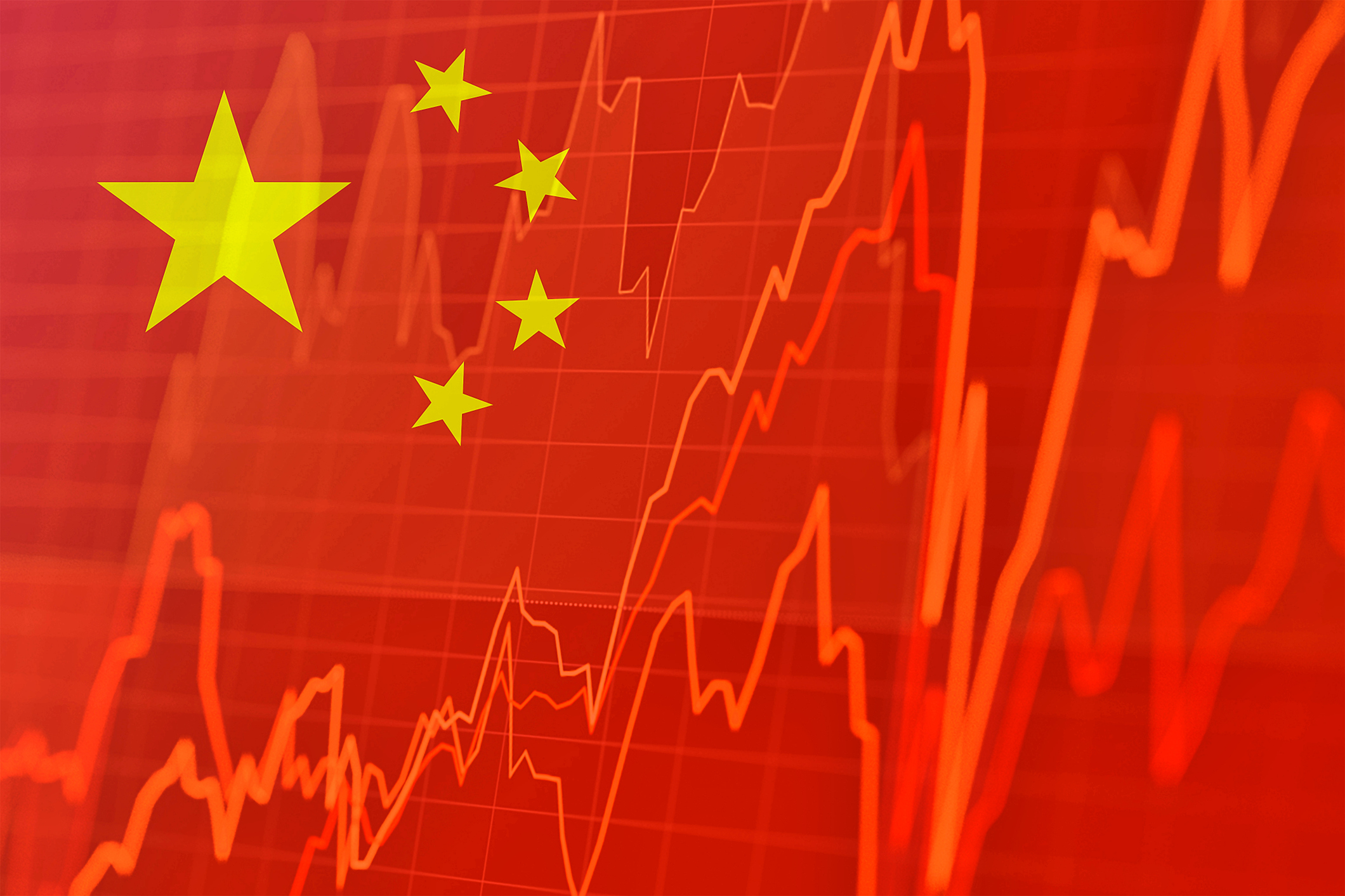It seems like a match made in heaven. There are about 700 special-purpose acquisition companies (Spacs) looking for targets in a market that has soured for the private investment into public equity (Pipe) investments that make their acquisitions happen. And private equity firms have a record $1.8 trillion of dry powder to put to work, according to Preqin. Shouldn’t they start hooking up?
If only it were that easy. PE has a curious relationship with the Spac asset class. Spacs are a competitor when it comes to acquisitions, but they can also be a potential partner for a PE firm wanting to take a portfolio company public.
Spacs can also offer PE firms opportunities through participation in the Pipe deal that typically provides the bulk of a de-Spac merger financing.
The reality is that while Spacs have their place, they are no shortcut to the public market
It might be tempting to see both of those options as attractive for PE firms now, whether they are looking for exit opportunities while traditional IPO markets are flagging, or as a means to deploy funds by tagging along with de-Spac mergers. Tempting, but wrong.
First off, while Spacs may be an alternative route to market, they are not a magical one. Assuming investors are equally rational, there is no reason to suppose that those shunning IPOs will behave differently when it comes to de-Spac mergers.
After all, there are plenty of examples of them piling out of Spacs via redemptions if they are unhappy with the proposed target. Spac IPO buyers can be fickle, even when they are not specialists playing the stock/warrant technicals.
The second half of 2021 saw the redemption rate on Spacs soar to nearly 70% at times. That puts a greater and greater burden on the Pipe to make up the difference – something that can prove impossible when Pipes also rely on traditional long-only funds.
Warning signs
Second, a glance at recent performance of companies that have merged with Spacs shows why investors would be right to be cautious. Of the 20 biggest de-Spac mergers since the beginning of 2019, only three are trading up from the completion date of their merger. On average they are down 44%.
All of which adds up to a less than compelling case. The reality is that while Spacs have their place – their greater freedom to use forward projections compared to traditional IPOs can certainly help speculative growth companies find an audience – they are no shortcut to the public market.
Shaky business models are shaky whichever way they try to float. Potential investors should by all means look at de-Spacs, but they should judge them like they would an IPO. If they don’t pass muster, it’s time to swipe left.




